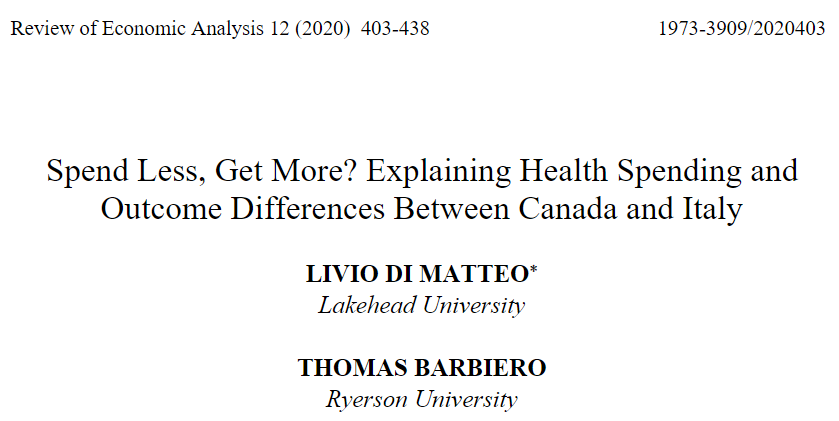Citing Your Sources
5.2 What’s Included in a Citation
There are thousands of citation styles, and they all have different guidelines for how to format citations. However, most of them include the same types of information about a source.
In-text Citation
An in-text citation goes in your paper at the point where you quote, paraphrase, or summarize an idea from an information source. The elements and formatting will vary depending on the style you are using.
For example, an MLA-style in-text citation includes the author name(s) and the page number of the information:
An APA-style in-text citation includes the author name(s) and the year of publication:
Some other citation styles, such as Chicago’s notes-bibliography system and ACS style, use footnotes or endnotes to indicate citations.
Works Cited (or Reference) List Entry
A reference list, or works cited list, includes all of the publication details about each source cited in your paper, so readers can identify and find the sources you have used. The elements included in a reference and how they are formatted will vary depending on the style. Still, a reference in any style answers four questions about an information source. Read through the following interactive slides to learn more.
Check Your Understanding
Use the screenshot below, or the example journal article (PDF), to answer the questions that follow.

Example article is licensed under CC-BY-NC 4.0.
Now you’ll learn about the citation resources available to you.
A set of guidelines for formatting a paper and crediting information sources.
The citation style used by the Modern Language Association. It is most commonly used in the fine arts and humanities.
The citation style used by the American Psychological Association. It is most commonly used in the social sciences.
A citation style commonly used in the social sciences.
The citation style used by the American Chemistry Society. It is most commonly used in chemistry.

